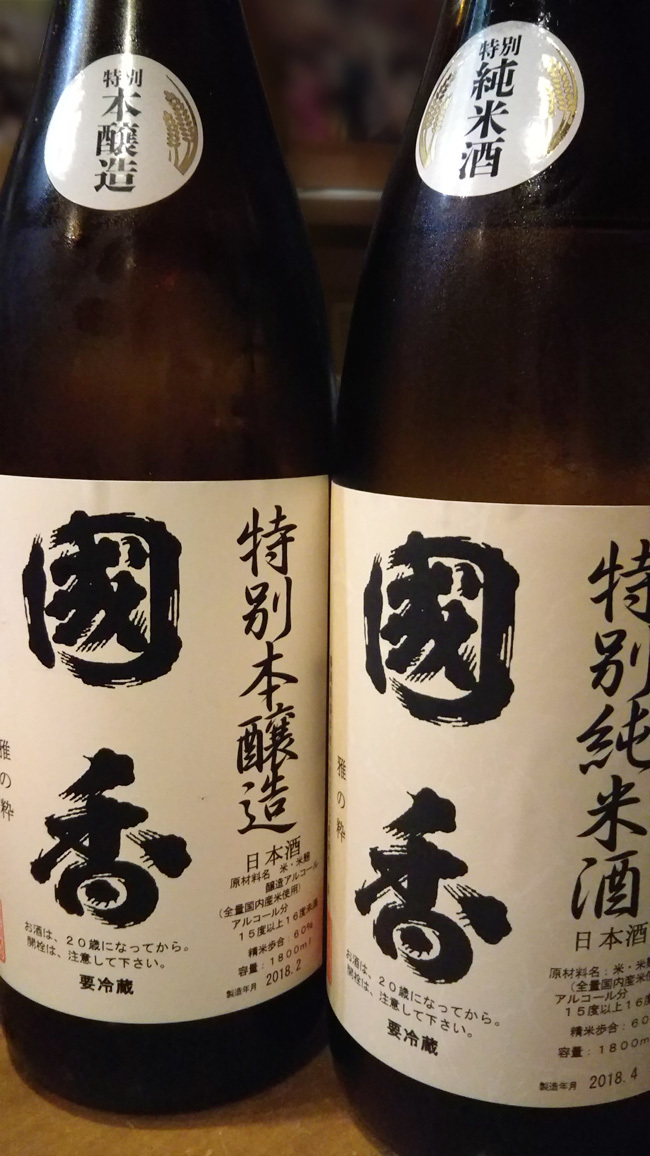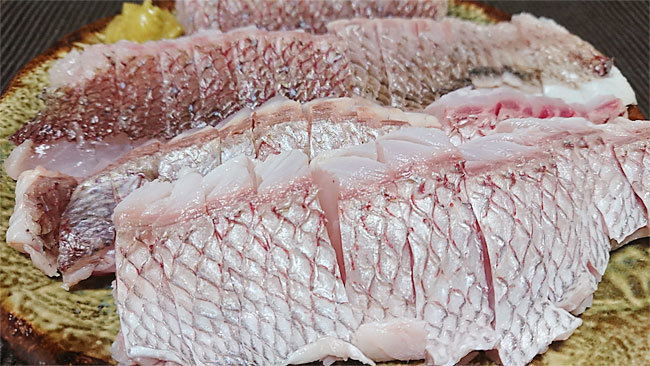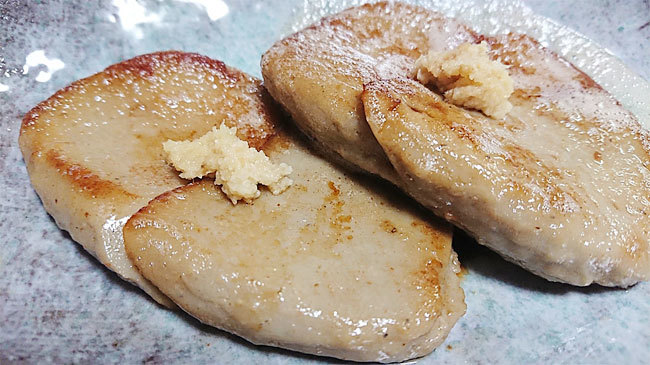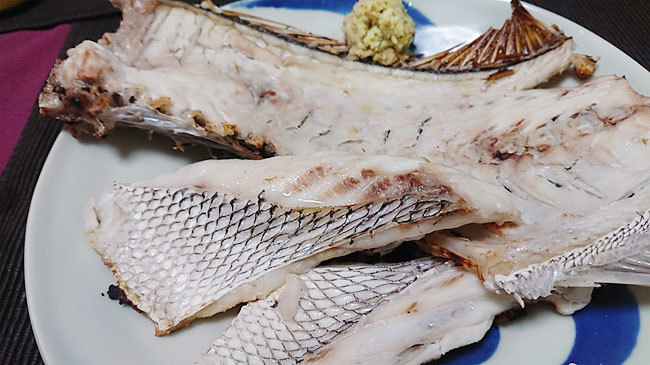Golden Week is over, but for those of you living in Tokyo, for example, where would you go for a weekend overnight drive?
Mountains, the sea, hot springs, amusement parks—there are many options. My recommendation is Shizuoka. Specifically, not the Izu area packed with tourist spots, but the central region centered around Shizuoka City. Along the way, I'd cheer up my wife at the Gotemba Premium Outlets, then in the evening, it's a serious battle with local sake like "Kokuka" and "Shitaizumi" at my favorite izakaya right near Shizuoka Station.
I recently managed to get a reservation at that very spot, so I just dropped by. But why does warm Shizuoka produce such excellent sake? It's down to the efforts of those who came before.
Around 1985, the sake world was dominated by mass production and mass consumption—it was the "norm." But in Shizuoka, a place not known for sake, small breweries following that norm had no chance of success. So they quickly shifted to producing specific-designation sakes like ginjo and junmai. It was a shift in thinking—from "quantity over quality" to a "change in concept."
The technological innovation that underpinned this shift was the discovery of "Shizuoka Yeast." Research into this yeast, which produces the fresh, endlessly drinkable Shizuoka-style ginjo, was advanced at the prefectural research institute. This original technological development enabled Shizuoka to achieve a style of sake production that others simply couldn't replicate.
Of course, the presence of renowned waters, including the underground water from Mount Fuji, cannot be overlooked. Recently, cultivation of unique sake rice (sake-brewing rice) has also advanced.
Just a one-hour trip by bullet train. There's no reason for all you sake lovers not to go visit.
When you visit, souvenirs are also on your mind. Unagi Pie is from Hamamatsu, and some might say the Shizuoka City area generally lacks famous local specialties. But even that can be overcome with a slight shift in perspective.
On this drive, I delivered the famous "shirasu" (baby sardines) bought from a fish shop near Muneo Port to a neighbor, and it was a huge hit. "Mochimune Shirasu" is special to begin with. Usually, fishing is done with two boats per team, returning to port once a certain amount is caught. But this port uses three boats per team. One boat is dedicated solely to transport, ensuring unbeatable freshness. Their prized fresh shirasu is served with ginger soy sauce, while the boiled shirasu is simply sprinkled with coarsely ground black pepper, just like I learned at a Shizuoka izakaya. It's simply the best fish.
The local sea bream (recently called "Shizumae Fresh Fish") we bought alongside it was served as sashimi. The large bones were simmered and salt-grilled. The black fish cake was sautéed in butter.
The mountain bounty holds its own too. Fruity tomatoes, cucumbers, fresh onions, broccoli, and snap peas from neighboring Fujieda all went into a salad. Even the wild mountain vegetables like koshiabura are locally grown within the prefecture. Even back in Tokyo, the gourmet feast continues. How about it? Has it stirred your interest a little?
Truth be told, until recently, this Shizuoka City area wasn't exactly enthusiastic about welcoming tourists. For instance, getting to the famous Kuno-zan Toshogu Shrine near Shizuoka Station meant catching a bus that ran maybe once an hour, if that.
Put kindly, it was laid-back and peaceful. Put less kindly, Shizuoka locals were so content they lacked commercial drive. Still, thanks to the efforts of many, gradual change is happening. Recently, a free shuttle bus even started running to Kunozan.
If you have time, you can also go on a "Shizuoka Oden" tour. For lunch, you might enjoy a lean beef hamburger steak at a restaurant chain that's only found within Shizuoka Prefecture and has recently been featured in the media. Finally, the concept of "Shizuoka City for Tourism" is starting to become more than just a pipe dream.
Why am I so partial to Shizuoka, you ask? (laughs) Well, thinking back, it's because seven years ago, I served as producer for the drama "Karakuri Samurai Sessha 1," set in the Shizuoka Station Minami Ginza Shopping District and the strawberry picking farm at the foot of Kunozan. That led to many wonderful connections.
Some people might say, "The sun's warm, the tea and oranges are delicious, but people just pass through—Shizuoka is Japan's 'veranda'!" But I want you to know the richness of this land and the warmth of its people. You might just catch a glimpse of that in "Sessha 1," currently available for free on GYAO! If you have time, please give it a watch.
Please, help yourself!











